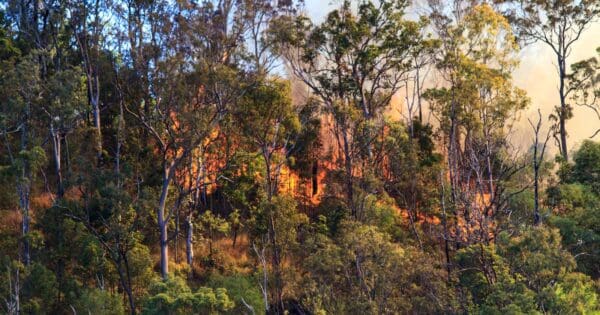It’s important to recognise that hiking also comes with inherent risks, especially if you’re venturing into remote areas or tackling challenging terrain. That’s why it’s essential to conduct a thorough risk assessment before setting out on any hiking trip. Conducting a thorough hiking risk assessment before setting out on any hiking trip can help you identify potential hazards and develop strategies to mitigate those risks.
What is risk assessment?
Risk assessment is a process of identifying and evaluating potential hazards and risks associated with a particular activity. In the case of hiking, this might include everything from natural hazards like steep drop-offs or unstable terrain to human factors like getting lost or encountering dangerous animals. The goal of risk assessment is to identify potential hazards, evaluate their likelihood and severity, and develop strategies to mitigate those risks. Don’t just rely on general safety tips – tailor your preparation to the specific risks of your chosen hike and the Australian environment.
This guide outlines key steps involved when conducting a hiking risk assessment.
Step 1: Identify potential hazards and risks
Begin by making a list of all the potential hazards and risks associated with your hiking trip. This might include natural hazards like extreme weather conditions, challenging terrain, and dangerous wildlife, as well as human factors like getting lost, encountering hostile individuals, or suffering from injuries or illnesses. Here are some key aspects to consider:
Environmental risks:
- Heatstroke: Australia’s climate can be harsh, especially during summer. Stay hydrated, wear sunscreen and protective clothing, and choose hikes with shade or water access when possible.
- Snake bites: Research the types of snakes in the area and learn basic snakebite first-aid procedures. Carry snakebite bandages if recommended for your chosen region.
- Flash floods: Be aware of the risk of flash floods, especially during the wet season. Check weather forecasts carefully and avoid low-lying areas or creek crossings if heavy rain is predicted.
- Wild animals: Learn about potential encounters with wildlife like kangaroos, dingoes, or magpies, and how to behave safely around them.
Terrain hazards:
- Loose scree: Some trails involve loose rocks that can be slippery and cause falls. Wear sturdy hiking boots and choose your footing carefully.
- Steep sections: Be aware of your fitness level and choose a trail that matches your abilities. Use walking poles for additional support if needed.
- Water crossings: If your chosen trail involves river crossings, ensure you have the appropriate footwear and skills to navigate them safely. Consider alternatives if unsure.
Remote locations:
- Limited communication: Mobile phone reception might be unreliable in remote areas. Carry a personal locator beacon or satellite communicator for emergencies.
- Limited facilities: Be prepared for limited access to toilets, water, and medical assistance. Pack accordingly and plan restroom breaks beforehand.
Step 2: Evaluate the likelihood and severity of each risk
Once you have identified potential hazards, evaluate the likelihood of each risk occurring and the severity of the consequences if it does. For example, getting lost in a remote area might have severe consequences, while encountering a friendly dog on a popular trail might be less severe.
Step 3: Develop strategies to mitigate each risk
For each potential risk, develop strategies to minimise the likelihood of it occurring and the severity of its consequences if it does. This might include taking appropriate equipment like maps, compasses, and first aid kits, wearing appropriate clothing and footwear, avoiding known dangerous areas, and informing others of your itinerary and expected return time.
Step 4: Review and revise your risk assessment regularly
Risk assessment is an ongoing process that should be reviewed and revised regularly. As you gain experience and knowledge, you may identify new risks or develop new strategies to mitigate existing risks. Regularly reviewing and updating your risk assessment can help ensure that you stay safe on all of your hiking trips.
Hiking can be a wonderful way to explore the great outdoors, but it’s important to recognise that it comes with inherent risks. Conducting a thorough hiking risk assessment before setting out on any hiking trip can help you identify potential hazards and develop strategies to mitigate those risks. By following the steps outlined above, you can help ensure that your hiking trips are enjoyable, safe, and rewarding experiences.
Remember, being aware of potential risks and taking steps to mitigate them is crucial for a safe and enjoyable hiking experience. Don’t hesitate to adapt your preparation based on specific concerns and research the unique risks of your chosen trail and region.




